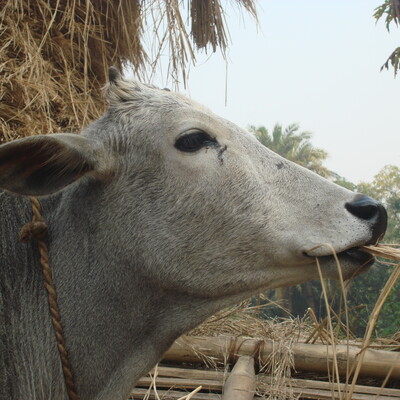
Why women are essential in livestock development—and why livestock are essential in women’s lives
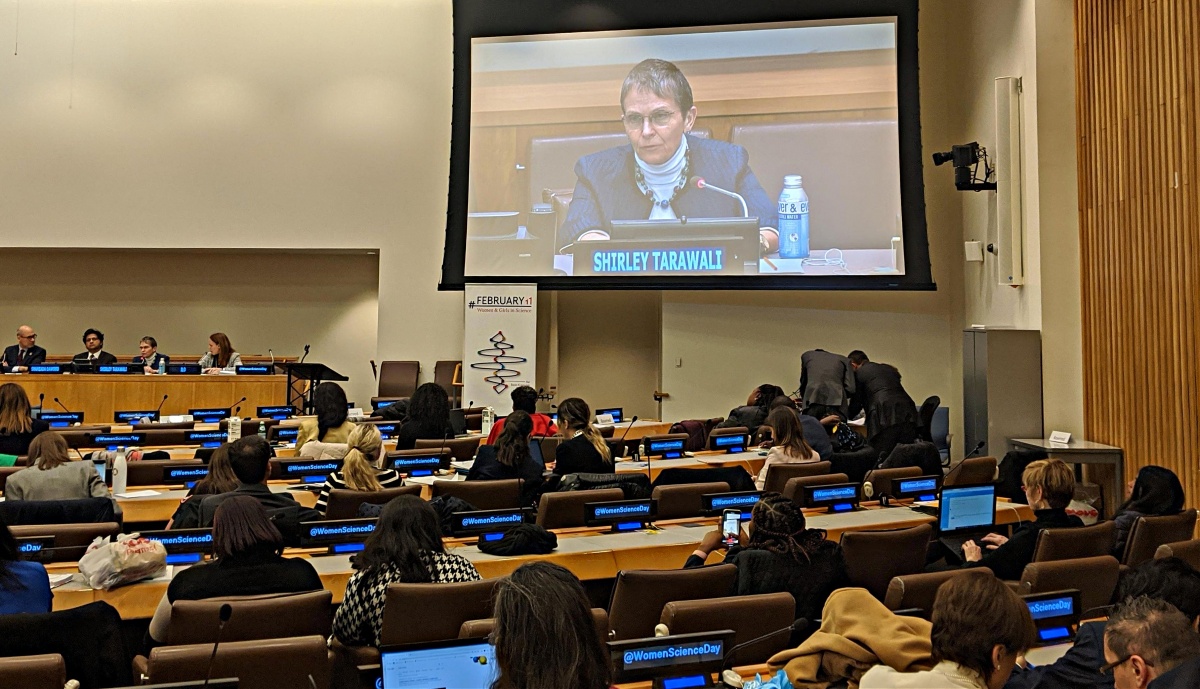
Remarks made by Shirley Tarawali, ILRI assistant director general, at the Women and Girls in Science Assembly, in New York
Today, 11 February 2022, the world celebrates the International Day for Women and Girls in Science. To mark this day, the International Livestock Research Institute (ILRI) is recycling some highly relevant 'evergreen' remarks and facts made at a high-level panel on ‘Equality in Agricultural Science, Technology and Innovation for Inclusive Green Growth’ at the 5th International Day of Women and Girls in Science Assembly, held 11–12 Feb 2020, at the United Nations Headquarters, in New York City.
The remarks were made by Shirley Tarawali, assistant director general of ILRI and chair of the Global Agenda for Sustainable Livestock. At the event, Tarawali participated in a panel discussion moderated by HE Ambassador Francisco Duarte Lopes, permanent representative of Portugal to the United Nations. While the other four panelists remarked on agriculture as a whole, Tarawali was the only one to highlight the central roles livestock play in women’s lives and the roles women play in livestock systems and development.
What follows are some of the detailed responses Tarawali prepared for the questions the organizers asked her about the role of women in science.
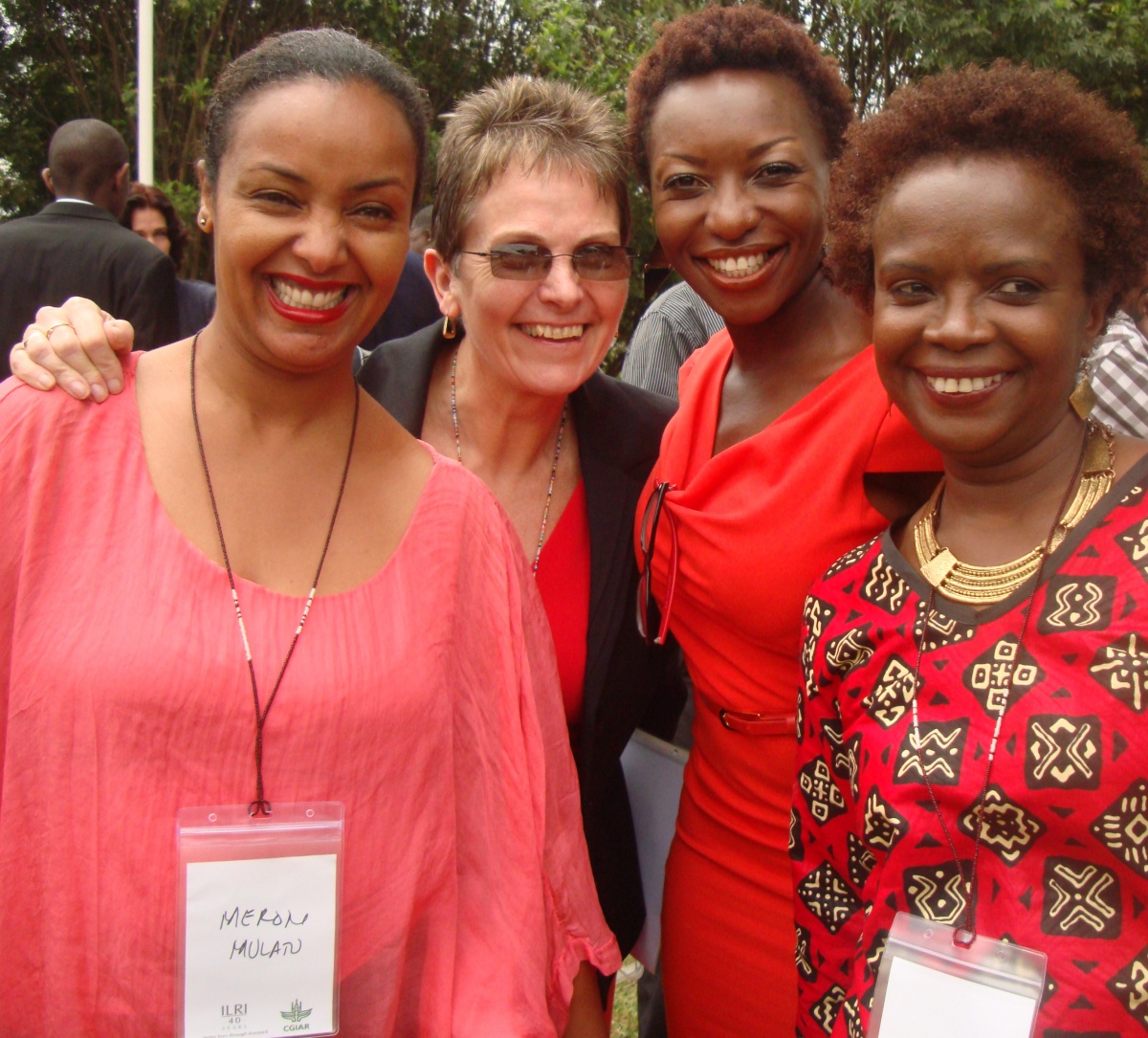
Key messages
- Women make agriculture happen!
- Women are part of the solution—as farmers, processors, tradespeople, market agents, entrepreneurs and business people and as those delivering new science and innovation needed to transform agriculture.
- My institute, ILRI, and CGIAR as a whole conduct strong gender research in agricultural systems across the world and have a strong commitment to gender and diversity in the workforce.
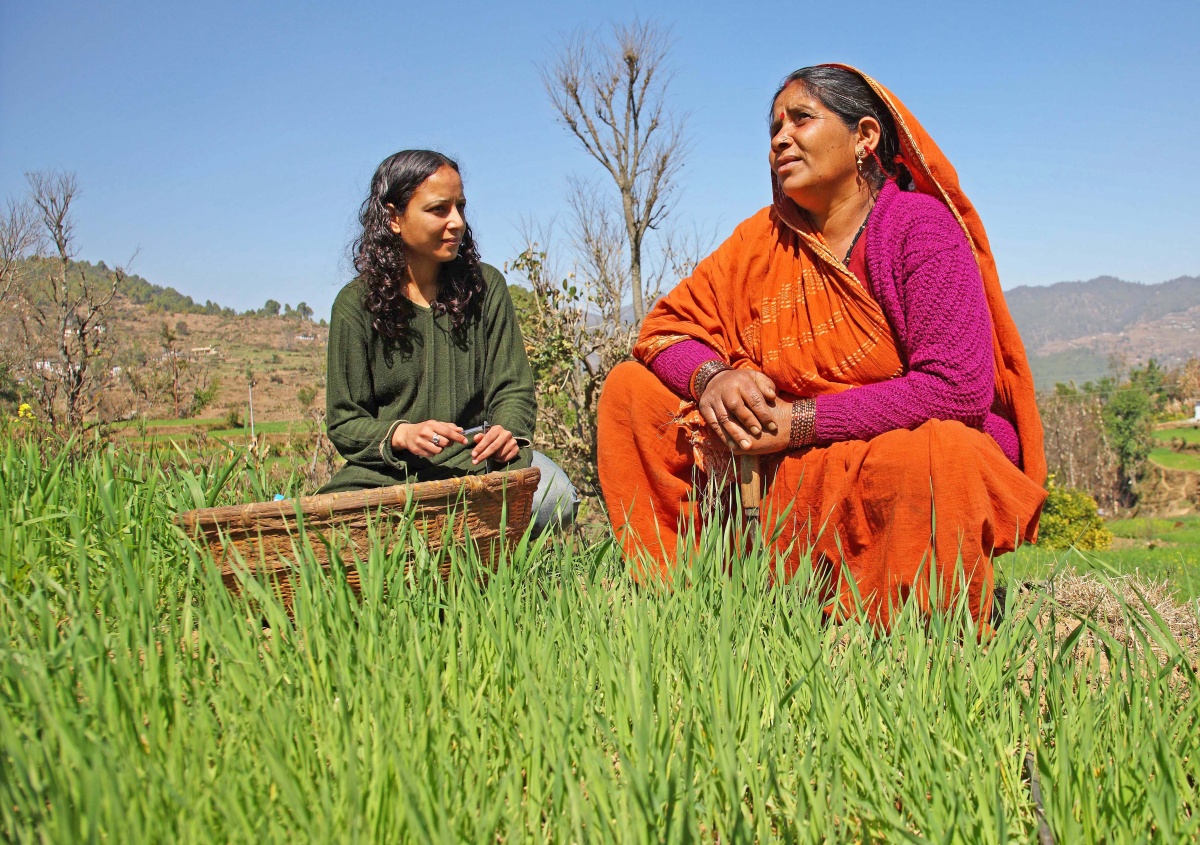
Agriculture is essential for women!
Throughout much of the world, agriculture is the only way for millions of women to gain a livelihood, to care for their families and to raise their children.
Only 23% of Africa’s women have access to credit and 15% to land.[1]
Two-thirds of the developing-world’s rural livestock keepers are women.
In many low- and middle-income countries, women who can’t own title deeds are able to own food-producing animals.
Such animals can enable a woman to generate an income, which she can use to buy nutritious foods for her family. If the woman owns a dairy cow, her income from the cow’s milk is especially valuable because it comes in on a daily basis. And her dairy income may mean she is able to help pay the school fees of her children and family medical bills. Of course, it’s often a women who makes decisions about children’s nutrition, and having access to nutritious animal foods—milk and eggs in particular—can make a huge difference to the nutritional status of her household (and ultimately to her country’s national capital and economic growth).
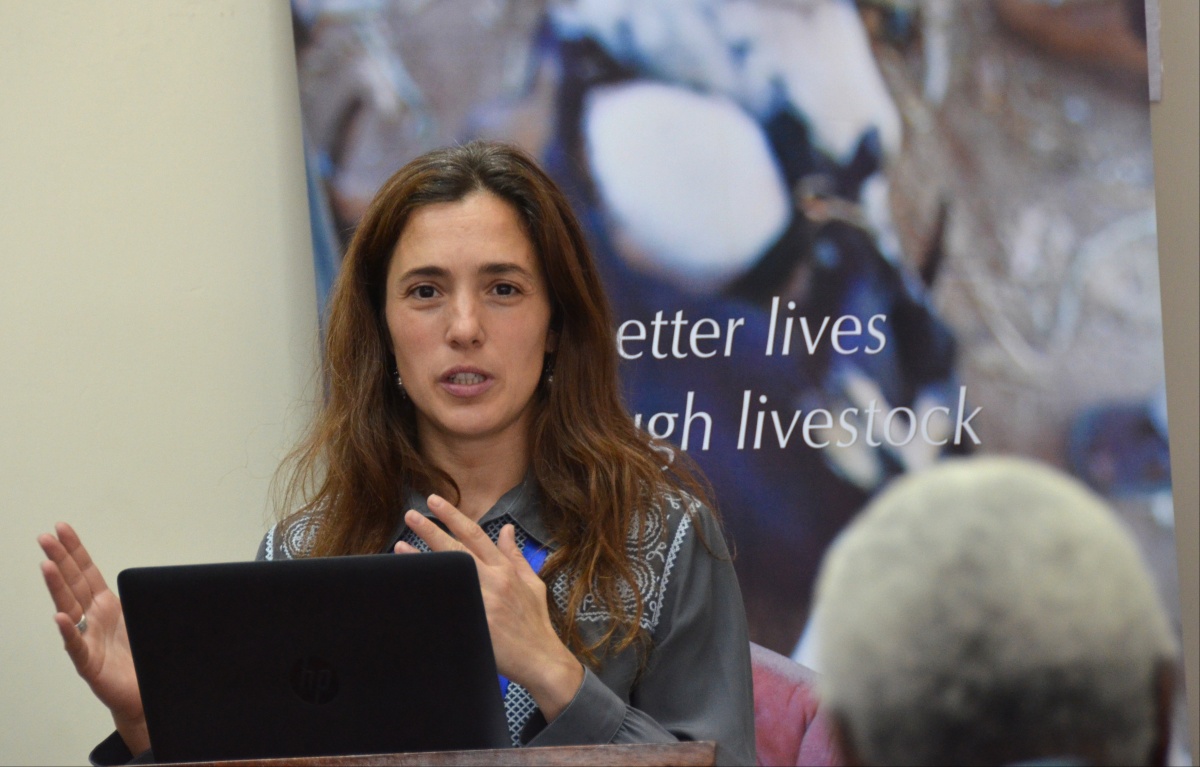
Women for agriculture
Across much of the world, agriculture—indeed, the whole food system—would simply not function without women. Many, many millions of people would be poorer and hungrier than they are today. Why?
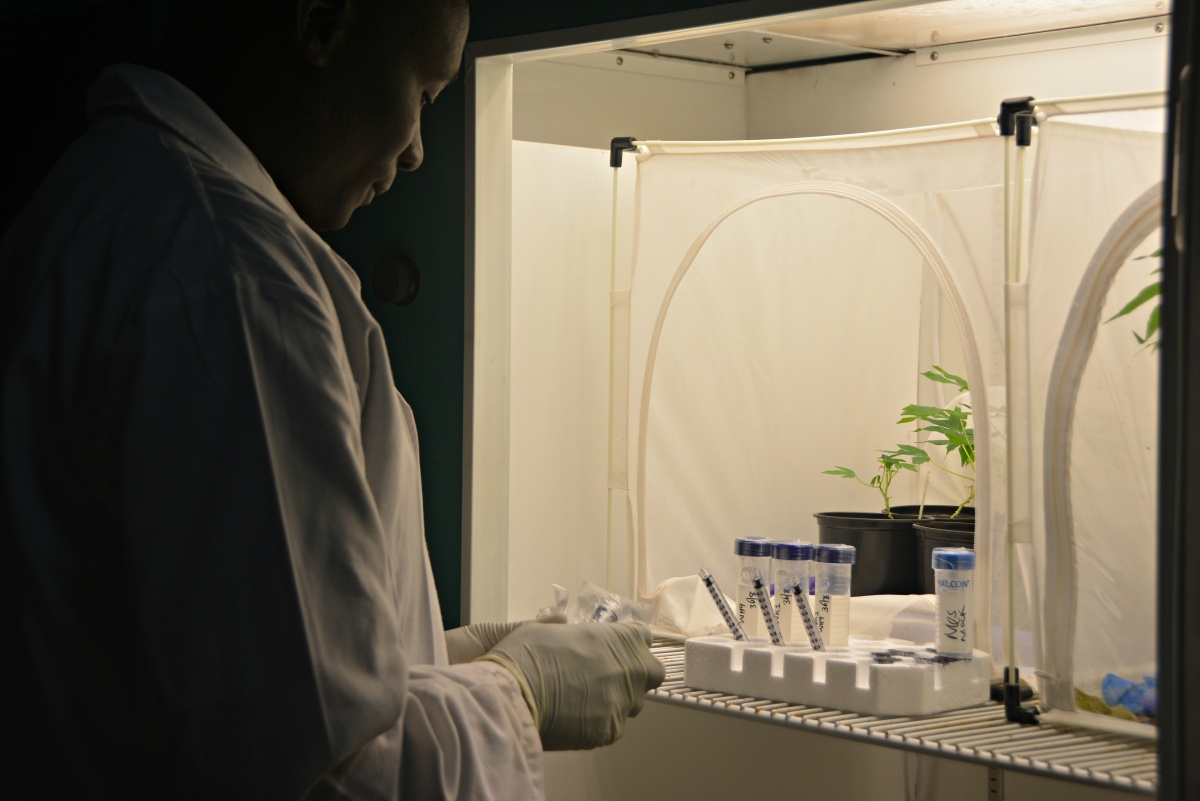
Because women provide much of the labour to grow food crops and raise food-producing animals
- Women make up over 40% of the global agricultural workforce via their crop planting, weeding, harvesting and processing; their trading; their work in raising animals and processing and selling animal milk, meat and eggs; their development of the latest sustainable dairy enterprises; their livestock ranching in North America. . . . [2]
- An average of 62% of active women work in agriculture across Africa, with figures reaching 90% in some countries.
- Such figures also show (worryingly) that women often receive less than 40% of the income for agricultural activities for which they provide over 60% of the labour[3].
- Women entrepreneurs are increasingly leading the way—not just in producing foods but also in adopting novel and sustainable agricultural practices.[4]
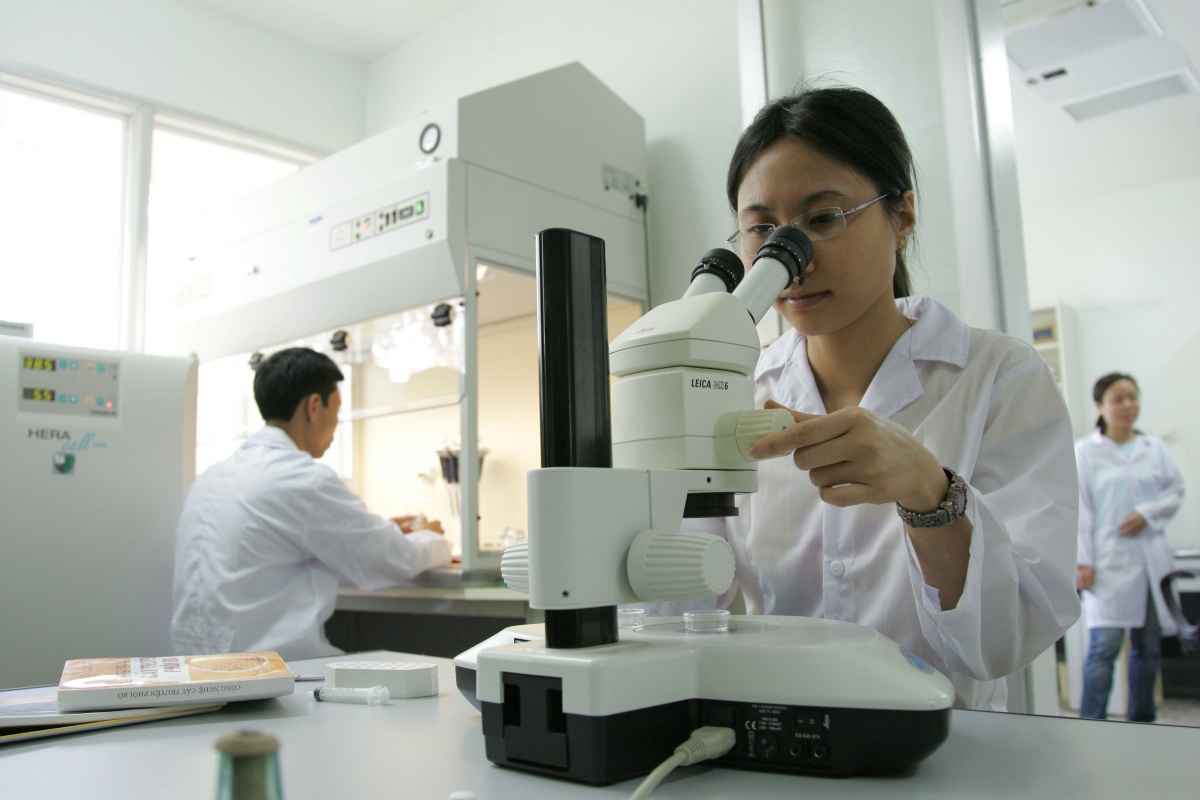
Because women provide skills in agricultural sciences
- Women in agricultural sciences curricula must be taught the skills needed to take them well beyond (traditional) agricultural producers—such skills must encompass new information technologies, business entrepreneurship and the like.
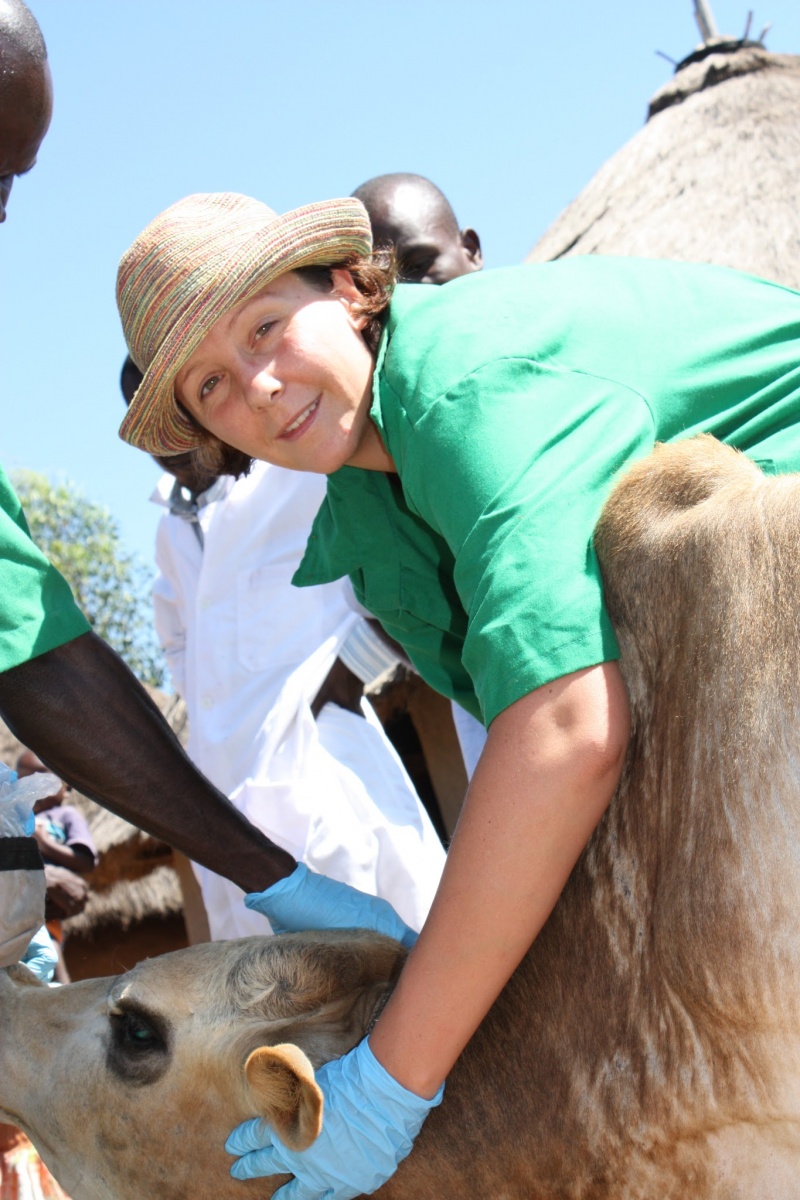
Because trained, skilled women farmers contribute to agricultural productivity and national economies
- Training women and increasing their access to agricultural knowledge and technologies would both increase agricultural productivity and lessen the number of hungry people.
- Some 11% of Africa’s total wealth (USD2.5 trillion) was lost in 2014 due to gender inequalities; that figure is USD9.1 trillion in South Asia and over USD40 trillion in North America![5] While these estimates cover all kinds of gender inequalities, in Africa and South Asia, where agriculture and the food industry make up 30–40% of GDP (it’s about 5% in USA[6])—much of these gender inequalities occur in the agriculture sector.
- A study assessing the economic costs of gender gaps in agricultural productivity found that closing such gaps could lift out of poverty as many as 238,000 people in Malawi, 119,000 people in Uganda and 80,000 people in Tanzania—and do so every year![7]
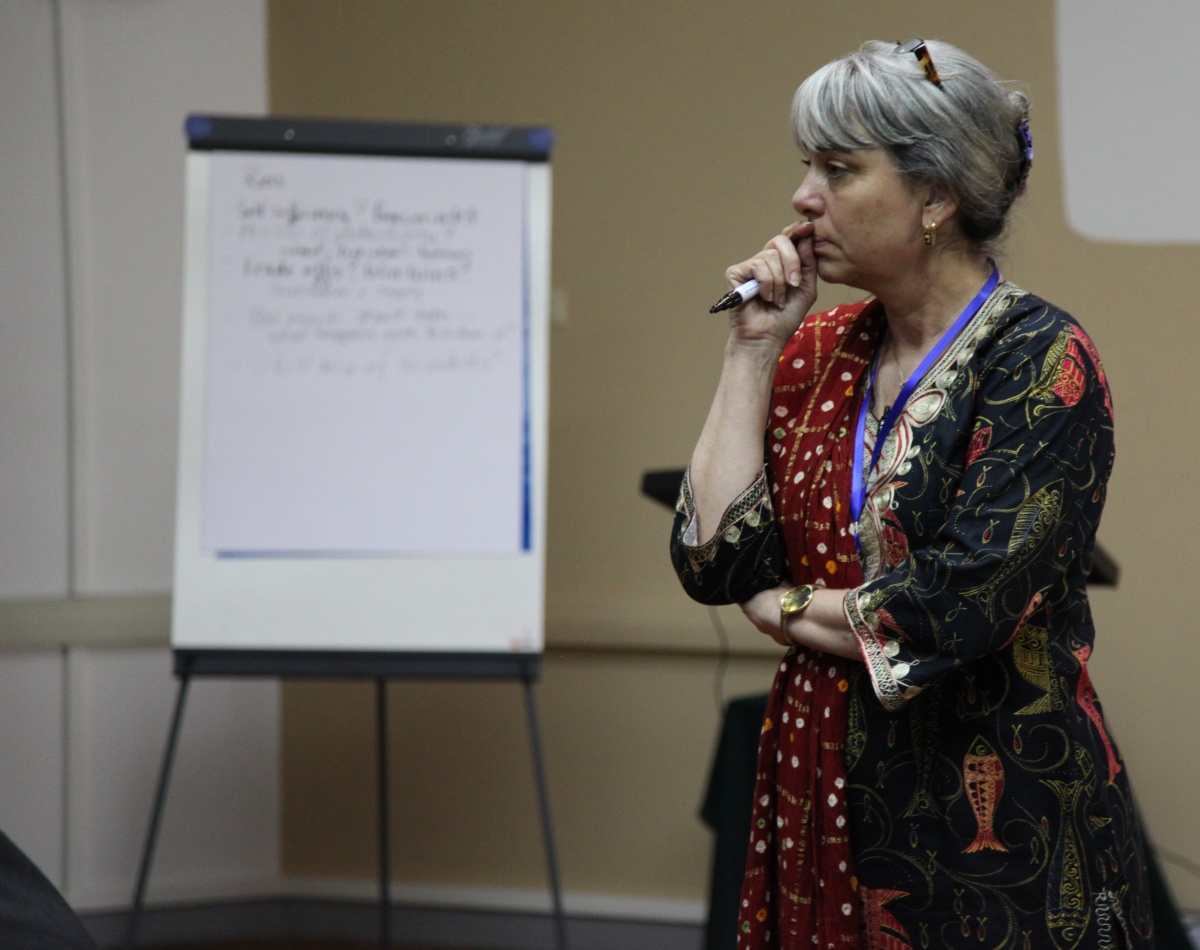
For many girls, agricultural income—especially from livestock—makes the difference between going to school and not getting an education. Indeed, many of us today here would have to go back no more than two or three generations to find that agriculture, especially livestock agriculture, was a key to our family’s livelihoods—and possibly to our own educational status.
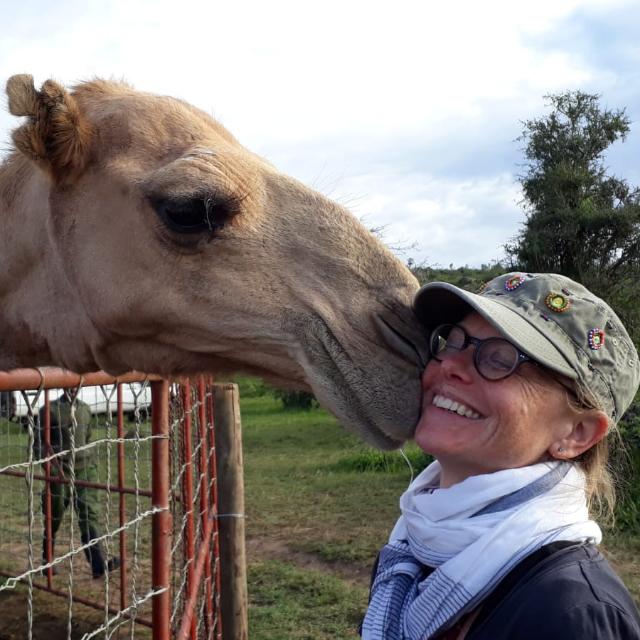
More women and girls skilled in agricultural sciences ensures that agriculture’s most complex challenges can be tackled
- Agriculture is highly complex and takes diverse forms across the world. The agricultural challenges to be tackled—ranging from the technical to institutional, political, business and markets—need to be addressed in integrated ways that balance hard trade-offs, such as between environmental health and increased productivity.
- Studies from across the commercial world show that a good balance of women and men in the work force makes for more effective and efficient decision-making. So imagine how much such gender work force balance is needed in agriculture, which demands the highest levels of innovation, creativity, responsiveness and collaboration.
- More women in the agricultural work force means more opportunities for women to train in agricultural and related sciences.
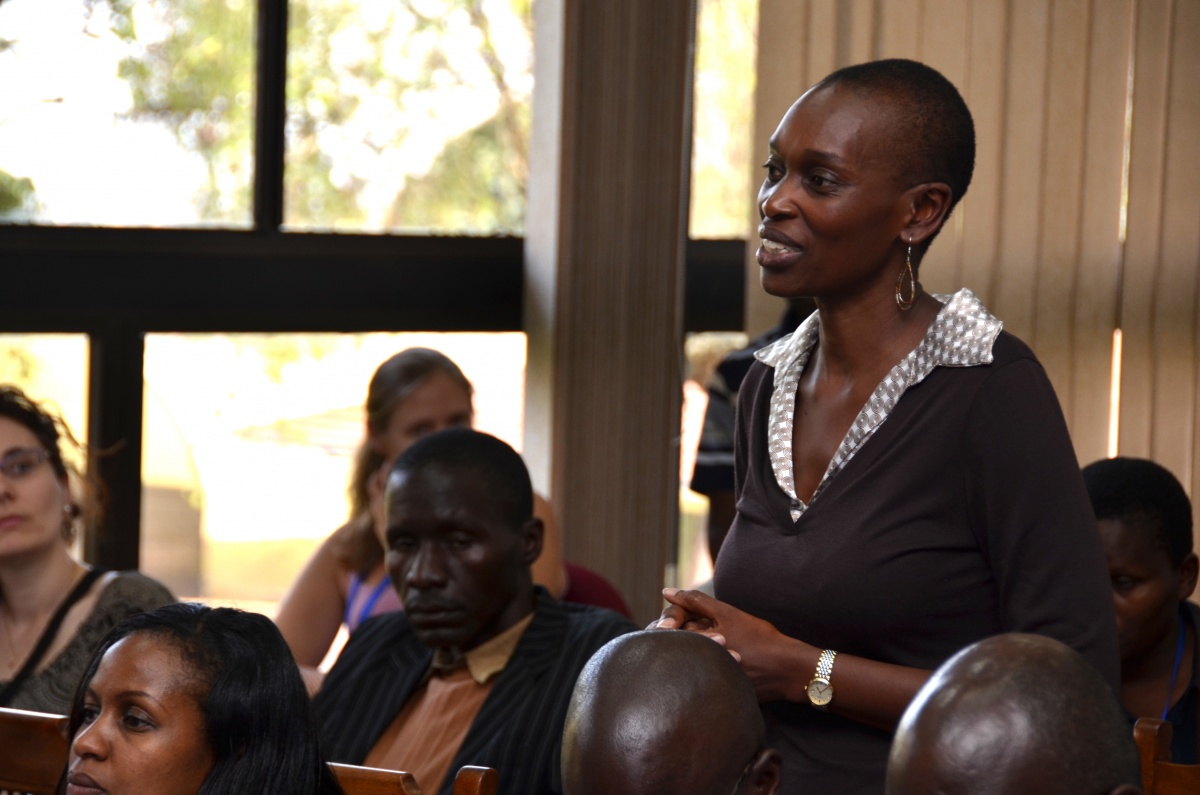
Involving women and girls from agricultural backgrounds ensures that agricultural research is relevant
- We need to do more than just have more smart women doing smart science.
- Among the biggest challenges for agricultural research for development is getting research outputs applied and used—on the ground and at scale.
- Specific local socio-economic and gender contexts largely determine the adoption or non-adoption of agricultural interventions.
- So we need not only more women in agricultural science, but we need more women agricultural scientists who come from the agricultural communities that science aims to transform.
- By intimately understanding the context—the realities—on the ground, such women can ensure that agricultural science is practical and scalable.
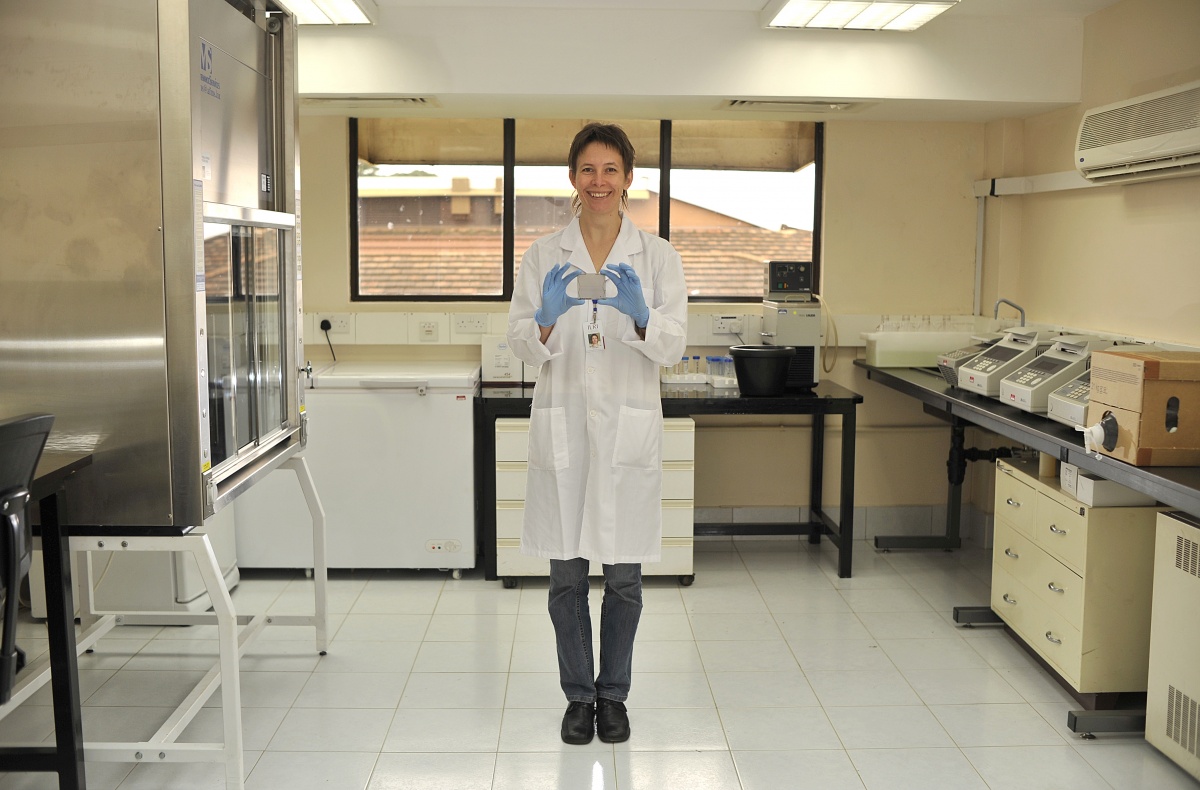
What’s needed:
- More girls in agricultural sciences
- More gender in the agricultural science agenda
- Solving agricultural challenges also needs smart applications of the very best agricultural technologies, including ‘big data’ and advanced information technologies.
- Women must be made integral to the pioneering and application of such technologies.
- The big data generated in research assessments can help us better understand the many roles women play in agriculture and why we must invest in research that provides gender-equitable solutions.
- The issue here is not just about ensuring that there are more women and girls in science and agriculture but also about ensuring that more equitable, gender-balanced, approaches are taken to address agricultural challenges.
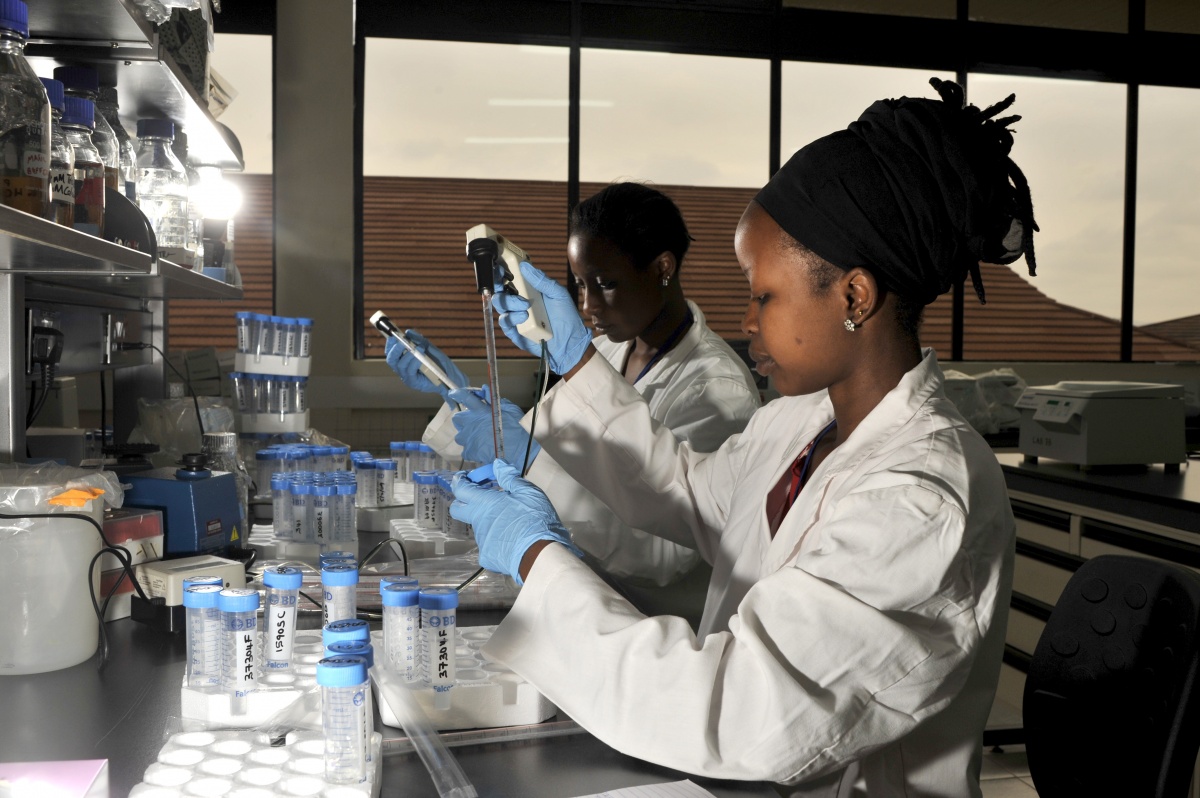
Practical examples
- A good example of an initiative that supports women in science is ‘African Women in Agricultural Research and Development’ (AWARD), which provides individual training, leadership courses and mentoring to fast-track the careers of women agricultural researchers across the continent.
- And CGIAR recently launched a new platform called GENDER—‘Generating Evidence and New Directions for Equitable Results’—designed to create a ‘new normal’, a world in which greater gender equality drives more equitable, sustainable, productive and climate-resilient food systems.
- Understanding that achieving gender equality as well as diversity and inclusion is fundamental to achieve its goals, CGIAR is working to embed and rapidly mature its approach to gender equality in all that it does‚ both research and in the workplace. Go here for more information.
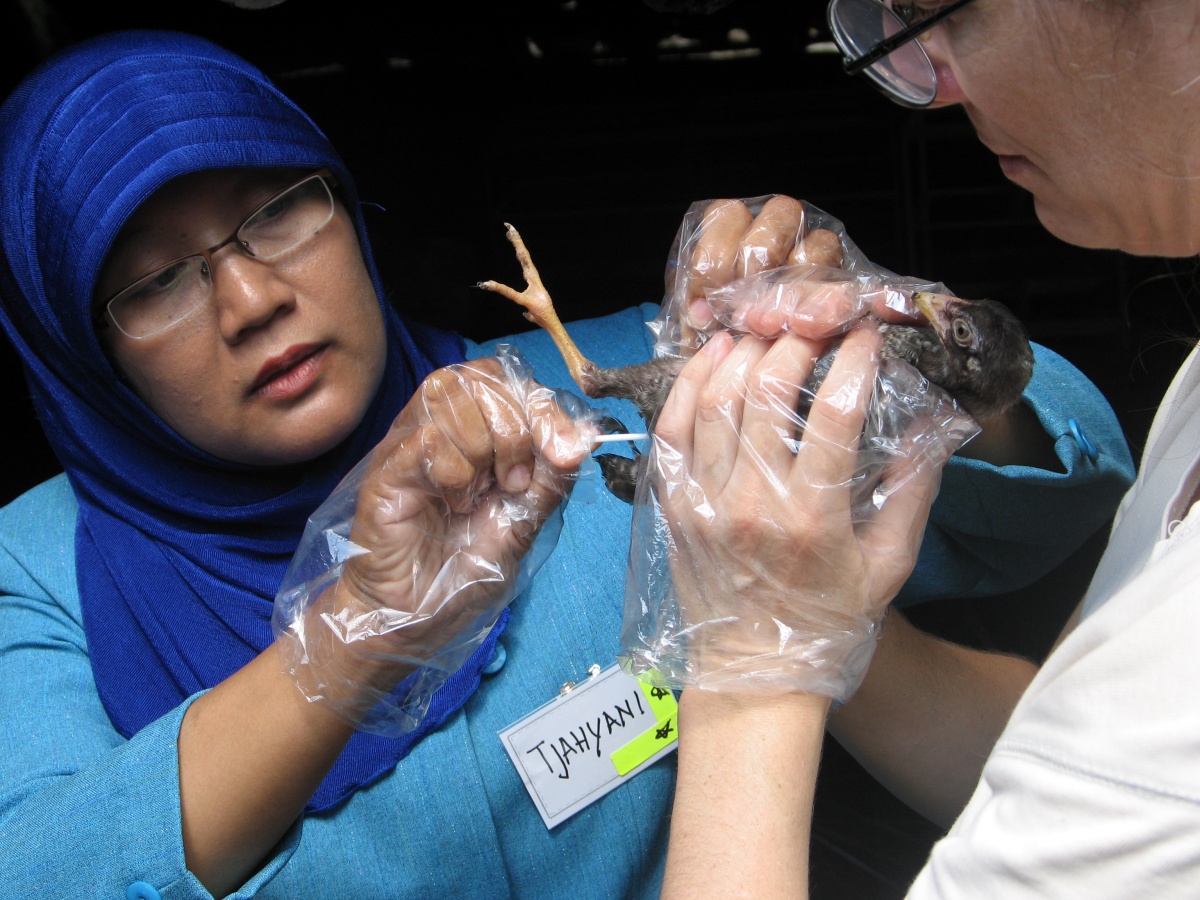
I hope I have persuaded you that women are essential to livestock systems and that livestock research solutions are essential to women’s lives. In my experience (go here to read Tarawali’s short story illustrating this), women livestock scientists and women livestock keepers together can make the biggest difference to both women and agriculture.
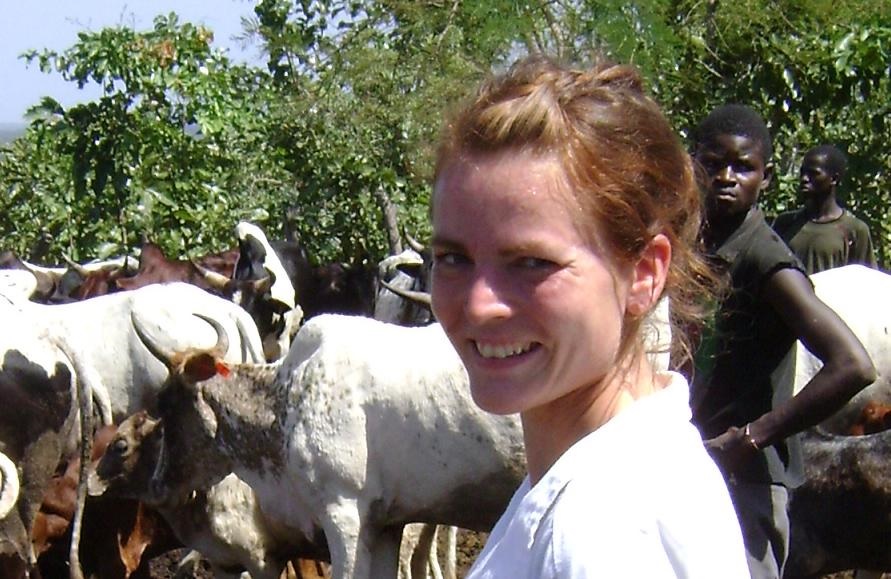
So, yes, we must make sure that women everywhere—whether undertaking agricultural science in labs and offices or implementing agricultural practices on the ground—can make the choices that will make a better future for us all.
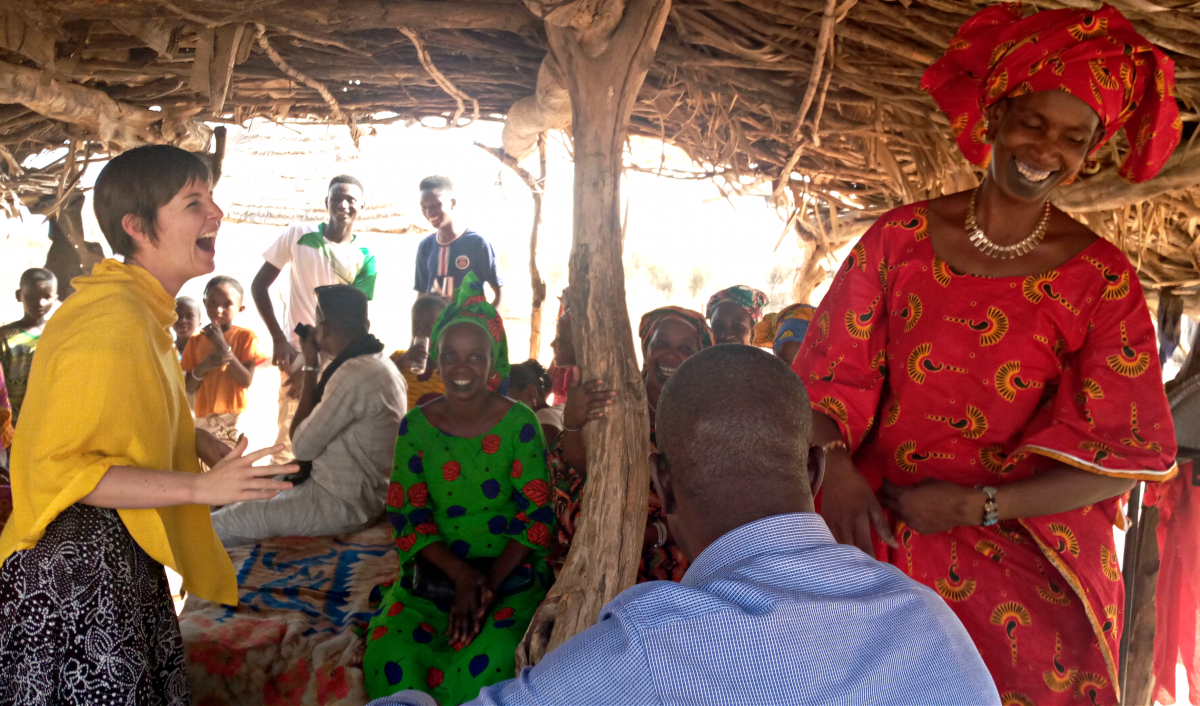
[1] https://blogs.afdb.org/investing-gender/using-data-close-gender-gaps-an…
[2] http://www.fao.org/publications/sofa/2010-11/en/
[3] http://www.afdb.org/fileadmin/uploads/afdb/Documents/Publications/Econo… Women_through_Equitable_Participation_in_Agricultural_Value_ Chains.pdf
[4] https://www.nytimes.com/2019/01/11/business/women-ranchers-american-wes…
[5] http://documents.worldbank.org/curated/en/172021527258723053/pdf/126579…
[6] https://www.ers.usda.gov/data-products/ag-and-food-statistics-charting-…
[7] https://awardfellowships.org/directors-blog/






